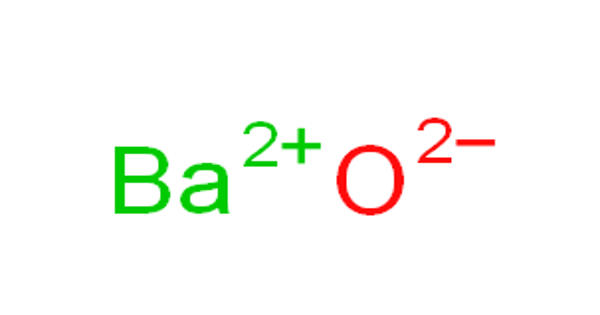Thermoelectric oxides typically have a complex crystal structure that allows them to have a high Seebeck coefficient, which is a measure of the efficiency of the material in converting heat into electricity. The most promising thermoelectric oxides include perovskites such as SrTiO3, Ca3Co4O9, and CaMnO3, as well as spinels such as CoFe2O4 and MgAl2O4.
Today, more than half of the total energy produced by fossil fuels is wasted as waste heat, hastening global warming. We could cut fuel usage and our carbon footprint if we could transform waste heat into a more useful type of energy, such as electricity.
In this sense, thermoelectric energy conversion as a technology for generating power from waste heat has gained traction.
For efficient conversion, a thermoelectric material must have a high conversion efficiency (ZT). So far, realizing a high ZT has been possible only with the use of heavy elements like lead, bismuth, and tellurium.
However, the usage of rare, expensive, and environmentally harmful materials such as these has hampered the use of thermoelectric energy conversion on a global scale.
To tackle these issues, transition metal oxides based on platforms such as SrTiO3 have emerged as a more inexpensive and benign alternative. However, their ZT is typically limited by a high thermal conductivity (κ), because a high κ causes the temperature across the material to become more uniform more quickly, and the reduced temperature difference that drives the thermoelectric conversion causes electric power generation to decrease as well.
In future, the hydrogen substitution approach would realize excellent environmentally benign thermoelectric materials that do not require the use of heavy elements.
Professor Takayoshi Katase
Against this backdrop, a research team including Associate Professor Takayoshi Katase from Tokyo Institute of Technology (Tokyo Tech), Japan recently discovered a new approach to reducing κ and boosting the performance of SrTiO3 by hydrogen substitution.
Conventionally, the use of light elements is expected to increase the κ originating from lattice vibration (κlat), leading to the adoption of heavy elements to reduce the κlat. In contrast, the scientists revealed in their study published in Advanced Functional Materials that by adding a light ingredient, specifically hydrogen, the lat of SrTiO3 could be lowered to less than half its initial value.
They clarified the mechanism underlying their observation using first-principles calculations, which showed that substituting a portion of the oxygen anions (O−) with hydrogen anions (H−), yielding compounds of the form SrTiO3−xHx, results in a mixture comprising a strong Ti-O bond and a weak Ti-H bond. These randomly distributed Ti-(O,H) bonds, in turn, largely decrease κlat.
The team also found that SrTiO3−xHx polycrystals exhibit high electron mobility comparable to that of single-crystal materials without any deterioration in electron conduction across grain boundaries.
Based on these two phenomena, the SrTiO3−xHx polycrystal exhibits both low heat conductivity and high electrical output power, resulting in higher thermoelectric conversion efficiency.
Overall, these findings may pave the way for novel approaches to producing next-generation thermoelectric materials.
“In future, the hydrogen substitution approach would realize excellent environmentally benign thermoelectric materials that do not require the use of heavy elements,” concludes Dr. Katase.
















